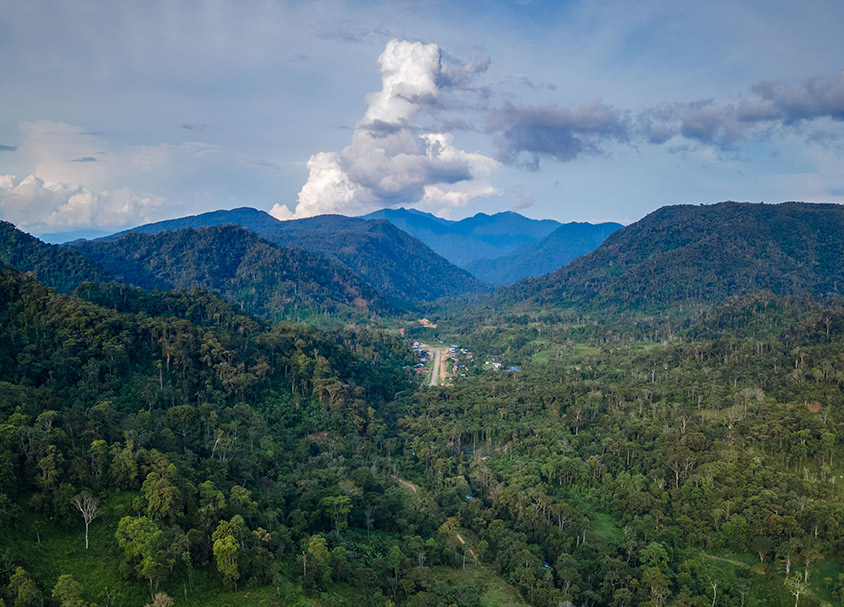
The copper industry is facing challenges ranging from global shortages to price volatility. Copper’s role as a barometer for the global economy is due to the fact that it is required in everything from electrical equipment to industrial machinery. However, this widespread use has contributed to a shortage that shows no signs of abating until at least 2030. Demand continues to climb, outstripping a supply that is already stretched thin, and this has implications for a host of industries reliant on copper.
One of the immediate challenges facing the industry is the short-term volatility of copper prices. Copper prices began the year on a strong note, boosted by a weakening dollar and a surge in demand from a reopening Chinese economy. But alongside this demand, supply issues have also cropped up. Peru, accounting for 10% of the world’s copper supply, has been mired in protests, affecting its mining capabilities. While these short-term challenges have immediate repercussions, analysts are pointing towards a more seismic shift—a generational change in copper prices. This shift is concerning as mining companies, which have enjoyed an upswing in valuations due to the price rise, might find these gains unsustainable in the long term.
With supply unable to meet demand, alternatives are desperately needed. Higher prices could incentivize companies to explore new mining projects, extract from lower-grade resources, and even adopt new technologies to extend the lives of their existing projects. Recycling could also offer some relief, becoming a more appealing option as copper becomes pricier. Some end-users may also resort to using other metals like aluminum to replace copper, or they may seek ways to use less copper in their operations. While these alternatives might offer short-term solutions, they won’t solve it.
The undeniable reality is that many existing copper mines are running out of ore. Investments into new mines have been sluggish, lacking the billions of dollars needed to address the growing deficit. A new copper mine takes around 10 years to become operational, and decisions made today will have repercussions a decade down the line. This long lead time makes the capital commitment even more urgent, yet the industry is still lagging in this regard. The last major investment cycle was in the 1970s, and while there has been a recent uptick in exploration spending, the new discoveries are rare and insufficient to compensate for the decline in ore grades from older, larger mines. Global mined copper production is projected to decline sharply, creating a 15Mt supply shortfall by 2034. By that time, over 200 copper mines are expected to run out of ore. Although there are possible projects in the pipeline, it’s uncertain how many will actually become operational.
Ultimately, a long-term copper shortage still appears inevitable. Supported by growing demand, especially from the electric vehicle and renewable energy sectors, and compounded by supply chain disruptions and dwindling Latin American supplies, this shortage will likely become a defining issue for the industry. Major global commodity miners are investing in new projects, signalling a bullish outlook, but the shortfall is a looming problem that demands immediate action.
Tackling these challenges will require not just higher investments and quicker decision-making but also an industry-wide recognition of the severe supply-demand imbalance. Some solutions may be beginning to appear in the form of new projects and increased interest from investors. One example is Solaris Resources’ (TSX:SLS) Warintza Project in Ecuador. Solaris Resources recently announced the appointment of China International Capital Corporation (CICC) as its financial advisor for Chinese operations. CICC is a Beijing-based global investment bank with a strong foothold in the Chinese mining sector, particularly in mergers and acquisitions. This appointment comes in the wake of multiple acquisition proposals Solaris Resources has received for the Warintza Project.
Mr. Richard Warke, Executive Chairman, commented in a press release: “Warintza is a very special asset that has the potential to create tremendous long-term value for all stakeholders by unlocking one of the last major greenfield districts at low elevation and adjacent to infrastructure in the global copper industry. The Company has a rich opportunity to significantly grow the Project while advancing it through technical studies and permitting with financing consistent with my commitment to minimize shareholder dilution.”
The Warintza Project drawing attention and the appointment of CICC as the financial advisor are part of some broader trends across the copper mining industry. Chinese investors are increasingly looking at Ecuador’s mining sector with growing interest. Companies engaged in exploration projects in the region are fielding more calls and inquiries about potential collaborations or acquisitions. This uptick in interest can be seen as a reflection of the growing recognition that more copper projects are needed to address the looming global shortage and a path forward for miners.



 Follow us on Twitter
Follow us on Twitter Become our facebook fan
Become our facebook fan










Comments are closed.